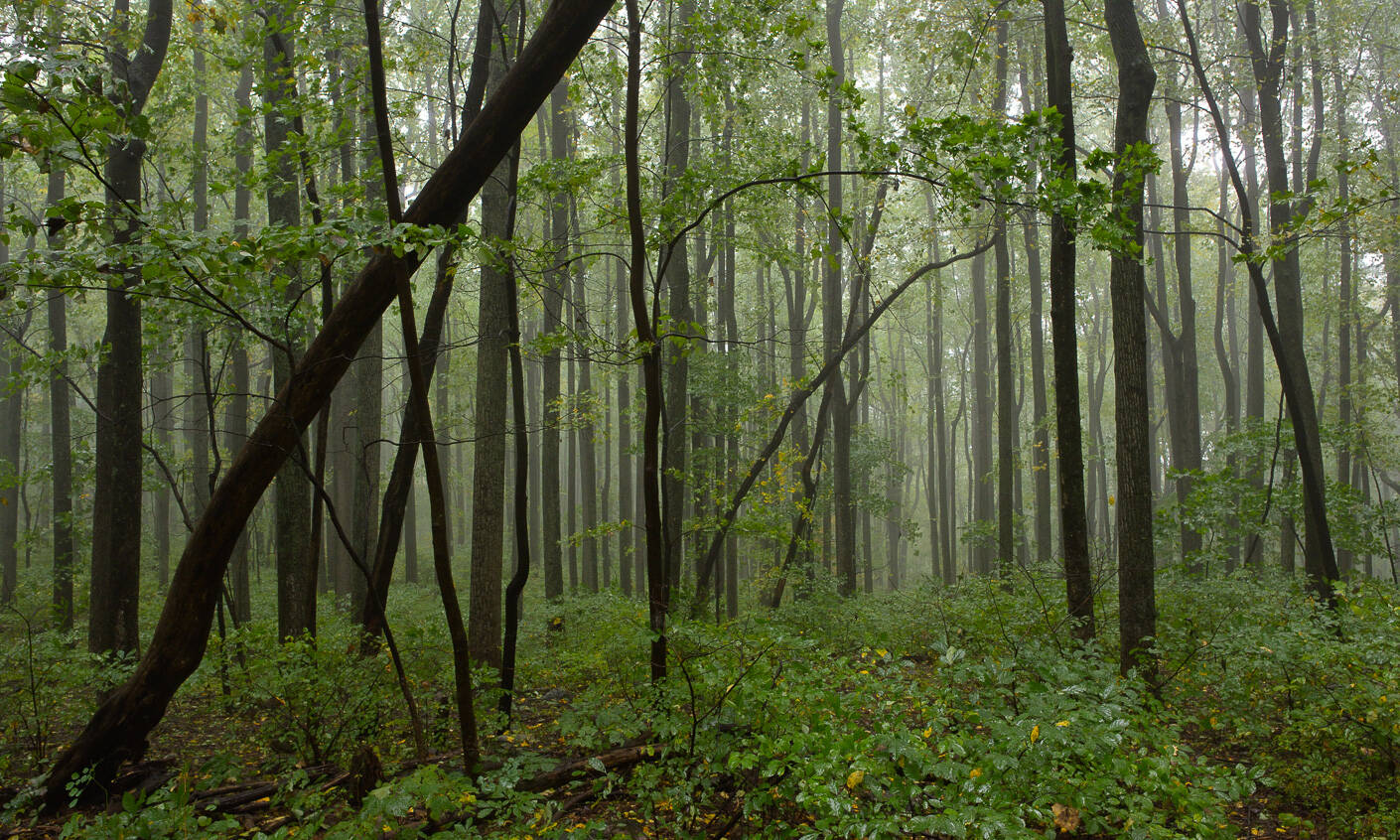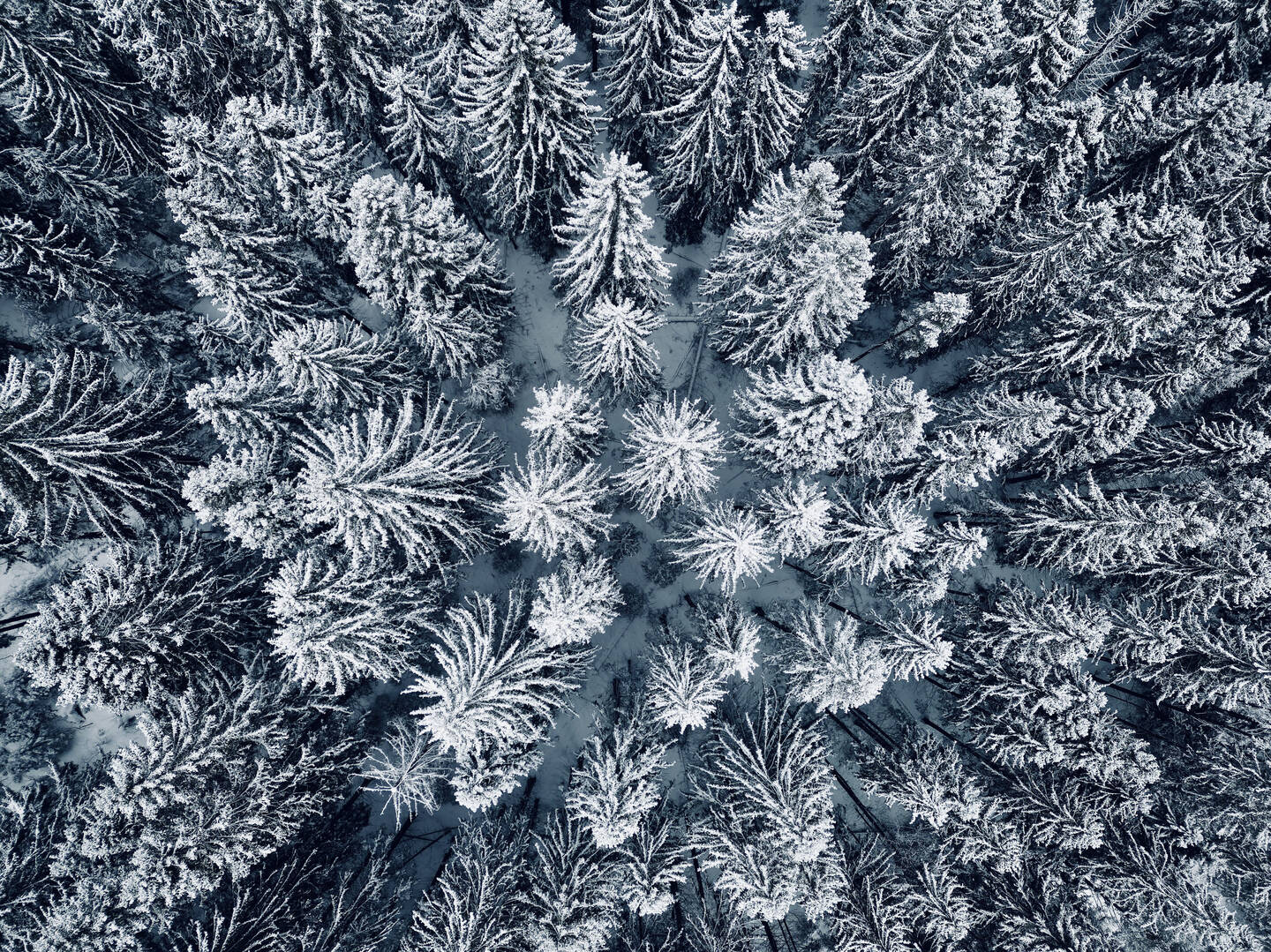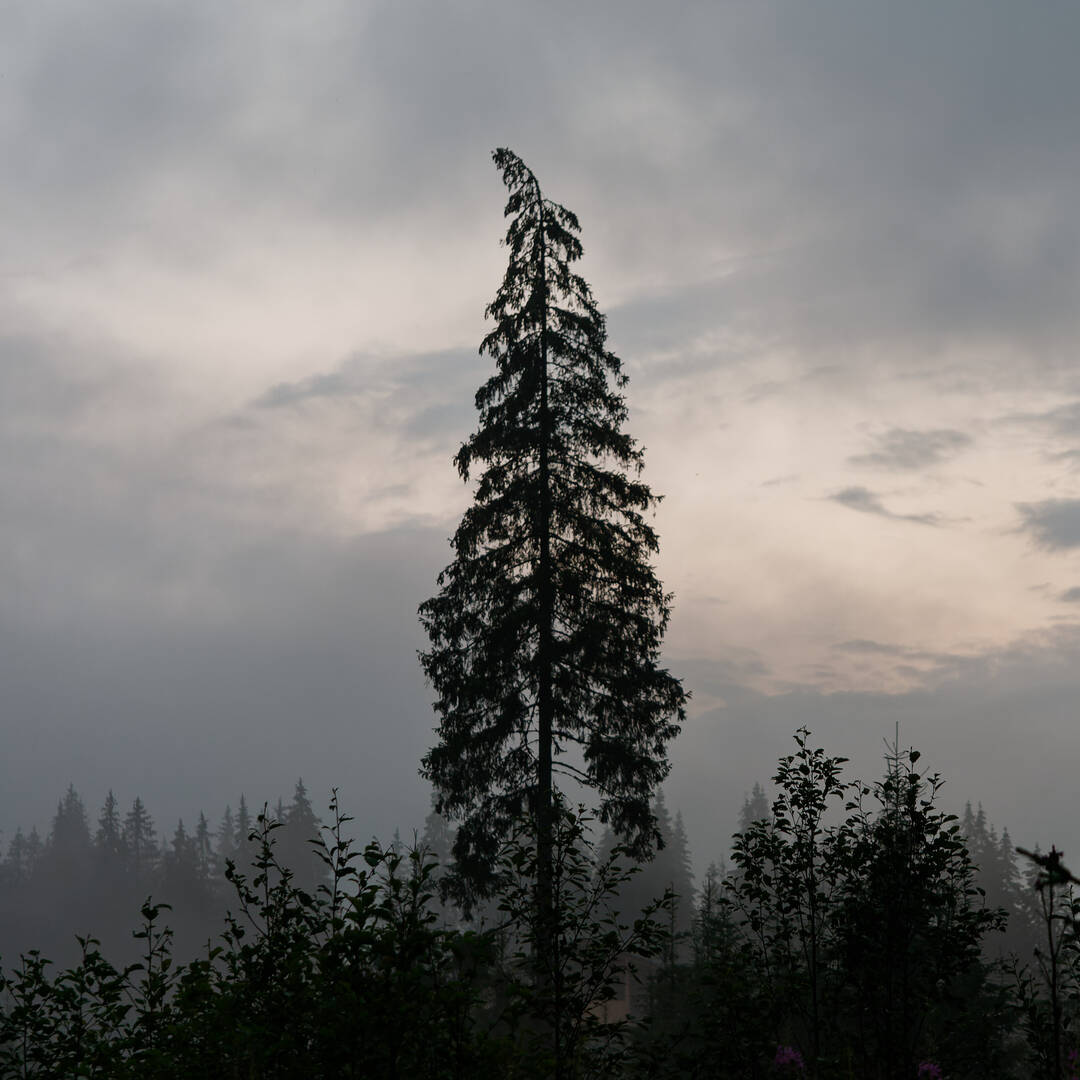This has been quite a busy week for our team. Spencer put another batch of lenses through their paces in our lab, including a pair of Nikon supertelephotos that I’m very curious about. Jason is on a quest to photograph his 700th bird species, currently stuck on bird #699. As for me, I took advantage of the nice weather in the “natural laboratory” of Central Europe to test two very interesting lenses last week. One of them is a complete novelty – the Nikon Z 28-400mm f/4-8. You’ll be able to read more about it soon. For now, let’s recap this week’s news in the photography world.

Recent Announcements
- Panasonic S5 II and S5 IIX to get pre-release burst: One of the most exciting new features for wildlife photography, pre-release burst, continues to spread to more cameras. Panasonic is going to add it to their S5 II and S5 IIX cameras with upcoming firmware updates (among a few other features). With options of 0.5, 1.0, and 1.5 seconds of pre-capture, you can capture moments that your reaction time would have missed otherwise. For now, no word on whether it will support RAW or just JPEG.
- OWC Atlas Pro CFexpress: In my recent test of 31 memory cards, I measured the OWC Atlas Pro CFexpress Type B memory card with its CFexpress 2.0 standard. Now, OWC has joined the growing list of manufacturers producing “cards of the future” with the CFexpress 4.0 standard. Their new 256GB and 512GB cards are said to be capable of write speeds of up to 3000MB/s. That’s wishful thinking for today’s cameras, but we’ll get there one day. OWC also thought of Sony users and introduced the OWC Atlas Pro CFexpress Type A 4.0 (480GB and 960GB). The manufacturer claims (theoretical) speeds of up to 1700MB/s write and 1850MB/s read. Prices are $200 for CFexpress Type B 512GB and $320 for Type A 480GB.
- DJI Avata 2: The second generation FPV (First Person View) drone will offer some improvements over its predecessor, both in terms of flight performance and camera capabilities. It can stay in the air up to 5 minutes longer, which translates into three kilometers more range. On the photographic side, the biggest advantage is its new sensor, which has grown from 1/1.7″ to 1/1.3″ (10 x 7.5mm). The same size sensor can be found in the more advanced Mini 3 Pro, for example. That said, the resolution has dropped between generations (from 48MP to 12MP). The price starts at $489.
- Godox Lux Elf Camera Flash: After the Lux Cadet, Junior and Senior, this is another retro-inspired flash. The flash has manually controlled output (the guide number is 19.7’/6m at ISO 100), which is done with a rear dial that allows you to adjust 1/16 to 1/1 in five increments. The flash has a built-in battery that can be charged via USB-C and lasts up to 400 flashes. The price is $49.
The Rumor Mill
An upcoming medium format camera?
The medium format camera system is a relatively small niche. Things don’t move as fast as in the choppy mainstream waters of full-frame cameras. New cameras are relatively rare. Now it looks like one might be coming – a rumor suggests that we may see a second generation Fujifilm GFX100 sometime in late May.
Via Fuji Rumors
Insta360 8K camera leaked
This action camera is due to be announced April 16, but we already know the specifications and features thanks to a leak. It will be capable of recording 8K/30p and 4K/100p video (plus 5.7K/60p). The weight is just 203 grams. Battery life is 70 minutes of 8K recording or 100 minutes of 5.7K recording. Price will be about $530.
Via Photo Rumors
Good Deals and New Sales
If you’re planning on getting a new camera, and if that new camera will be a Nikon, now might be the time. The Nikon Z8 was a great camera from the very beginning, and after a recent firmware update, it even surpasses the flagship Z9 in some ways. It can currently be purchased for $3,697 (was $3,997). You can save more when bundled with the Nikon Z 24-120mm f/4 (was $5,097, now $4,597).
The second generation of Nikon’s Z6 and Z7 cameras have been on the market for some time now. In the case of the Z6 II, rumors about its successor have been swirling for a few months now. If you don’t expect to need the version III, you can save $400 on both models right now. The current price is $1,597 for the Nikon Z6 II and $2,597 for the Nikon Z7 II.
I recently discussed the Nikon D850 and D780 in my article How to Digitize Your 35mm Film Archive Easily. The Nikon D850 is on sale for $2,497 (was $2,997). The Nikon D780 is also significantly cheaper, with a current price of $1,997 (was $2,297). I probably don’t need to point out that both of these DSLRs can do a lot more than just digitize negatives. You can read our reviews of them here (D850) and here (D780).
Other Pages of Interest
With the release of the X100VI, Fujifilm has hit the bull’s eye in popularity. The demand for this camera is so great that unless Fujifilm significantly increases production, it will take many months at best to satisfy it. But there is a way to get the camera faster, and do some good for nature, if you have a big budget. The Conservation Alliance, in partnership with Fujifilm, Peak Design, Flickr and SmugMug, has launched an auction with proceeds going to protect wild places across North America. In addition to the Fujifilm X100VI, you can win a Carbon Fiber Travel Tripod, Everyday Backpack 30L, Capture Clip and Slide Lite from Peak Design, and a 30-year Pro account with Flickr and SmugMug. Last I checked, the bidding was up to $7100 and expected to increase.
Spring is here, and with it, the time of year when most birds in the temperate northern hemisphere bring their young into the world. I trust that you all want nature to thrive around you. But often we unknowingly harm it. For example, through our pets, most often cats, many birds are killed each year. According to a study published 11 years ago in the prestigious journal Nature, “…cats in the contiguous United States annually kill between 1.3 and 4.0 billion birds (median=2.4 billion), with ∼69% of this mortality caused by un-owned cats.” In an article by the National Wildlife Federation, you can read some recommendations on how to reduce this enormous pressure.
Modern zoos can play an important role in conservation, and many species would no longer exist without their efforts. The fact that animals thrive in their alternative environments is evidenced by the fact that they reproduce successfully there. Coincidentally, just a few hours after I left the gates of the Prague Zoo, another baby gorilla was born there. You can see its first photos on the Prague Zoo website, and if you’re coming to Prague, stop by on May 11 at 11 a.m. for the christening. The godmother will be the famous primatologist and conservationist Jane Goodall.
Photo Theme Challenge, Week #45
Last week’s theme was forest, and you can see the results in this thread. Thank you to everyone for your submissions! This week’s theme is eclipse, and you can submit your results in this thread by Saturday, April 20, 2024!
Week #44 Results
Let’s check out some of the shots we received for the “forest” theme. In this theme, I decided to select a variety of different viewpoints of the forest. It’s very interesting how everyone had a unique way of looking at it. Let’s start with Darin Marcus’s photo:

It’s a beautifully-done forest shot, and a very interesting contrast between the almost parallel lines and the organic green pattern.
Here’s AndrewGusew’s photo:

This is a completely different style, using the perspective from above to achieve an interesting geometric pattern.
Next is florin’s photo:

Here we move from the collective nature of the forest operating as a whole to a single tree as the main subject, stretching into a very interesting sky.
Finally, we’ve got Mark Fulton’s photo:
We have come to the final representation of the forest, hidden in the dark. Forests have such interesting characters, and it is fitting to end with this last glimpse into its secrets.
Thanks everyone for submitting their photos in the challenge, and we hope to see some of your eclipse photos next week!
Thank you very much Libor!
And good luck to Jason – that kind of quest reminds me of the movie “The Big Year”.
Thank you, Darin. Birding is great fun. Many of us still have a hunter deep inside, and this is a great and harmless way to satisfy that prehistoric atavism. “The Big Year” is a great movie.
The heron photo …
How much is that the camera – the quality of its AF – and how much the lens?
It’s a bit of a mismatch: top-of-the-line camera and budget lens.
Would you have got the same photo with, say, a Z6?
If so, it’s looking a pretty decent lens – so long as f8 is ok.
Speaking personally, my Z7ii misses that kind of shot much more regularly than it hits. Even when it hits, because I’m usually on 9 point AF, if my depth of field is too shallow, it might show the camera actually locked onto the wing.
The Z9 does not have that problem.
When I test the 28-400mm later this month (assuming it arrives on time), I will test it extensively for wildlife photography on both the Nikon Z6 and the Nikon Zf, both of which I think will be popular cameras to pair with this lens.
Looking forward to that. Thank you.
At the moment, I get the sense that you need a Z8 to exceed the AF abilities of a D500 or D7500 (as I understand it, they perform identically on group AF). And as the 500/f5.6 is every bit as good as the 400/f4.5, on a mid-price budget, DSLRs and F-mount still have a lot going for them. Throw in a 300/f4, the best value for money telephoto ever (imho), and that’s even more the case.
I’ve dipped a leg into Z-mount for still photography because the viewfinder and size and weight make a lot of sense. A Z5, 14-30 and 28-400 seem poised to make a seriously good, economical, 2-lens system. At 100 iso, 24 mp is very decent.
I was surprised that despite the f/8, the 28-400mm is no slouch. Focusing was fast and accurate. On the other hand, there was more than enough light, so even a slow aperture was not a problem. What would the AF speed and reliability be with lower camera bodies? With the Zf, I think very similar. With the Z6II, I’m afraid the result would be as Ircut writes. Namely that the distinctive wings of a heron would be too tempting a dainty for the camera focusing. Frankly, even the Z9 was once tempted by the distinctive pattern of heron primaries.
I went out yesterday morning on a quest to finally get a photo of the Golden-Cheeked Warbler. There is a wildlife refuge nearby that protects their habitat as they are an endangered species. The males have a distinctive call and I was able to hear a couple of them. It is difficult to see them as they are small and hang out in the dense branches of the Ashe Juniper. I saw one, but was not quick enough to get a photo. I hope your Jason has better luck.
Good luck photographing the Golden-cheeked Warbler, Jason. These little skulking songbirds can be a lot of work to photograph. If you get a chance to return to the site, try to spot some regularities in their behaviour. They often have a favourite place to return to, where you can hide and wait for them.
Great news from the website and wonderful Heron, Libor.